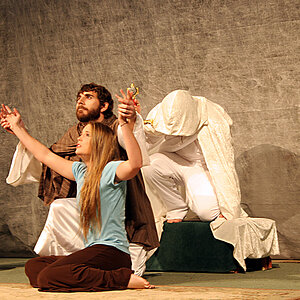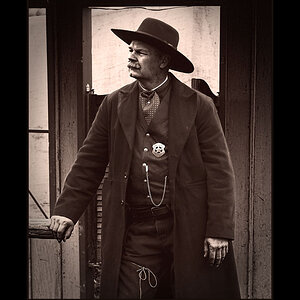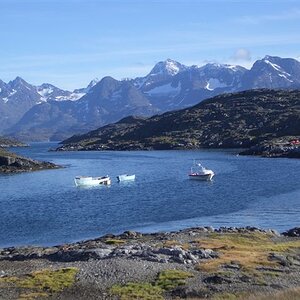- Joined
- Jul 21, 2018
- Messages
- 3,686
- Reaction score
- 3,650
- Location
- Perth, Western Australia
- Can others edit my Photos
- Photos OK to edit
As I understand it a polarising filter doesn't have any effect on your image if the sun is directly behind or in front of you but works at 90 degrees to where you are shooting from? So this would rule it out for sunset/sunrise photography? Or can it?
So I was wondering how and when this type of filter is used?
Sent from my SM-G965F using Tapatalk
So I was wondering how and when this type of filter is used?
Sent from my SM-G965F using Tapatalk





![[No title]](/data/xfmg/thumbnail/42/42397-30faa170de7ed9be38adf00b9b26a220.jpg?1619740167)








